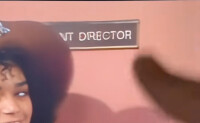[14:14 Sat,15.March 2025 by Thomas Richter] |
Actually, the idea of using AI to upscale old movies and TV series that are only available in low resolution to HD or even 4K is a good one: ideally, they would then be sharp even on large TVs, and you wouldn&t visually notice their age. Netflix probably thought so too when it added the US comedy series "A Different World" (renamed "College Fieber" in German), a spin-off of "The Cosby Show" from 1987 to 1993, to its program in February 2025 and used AI to upscale it from the original 360p or 480p resolution to 4K and cropped it from the 4:3 format to 16:9. 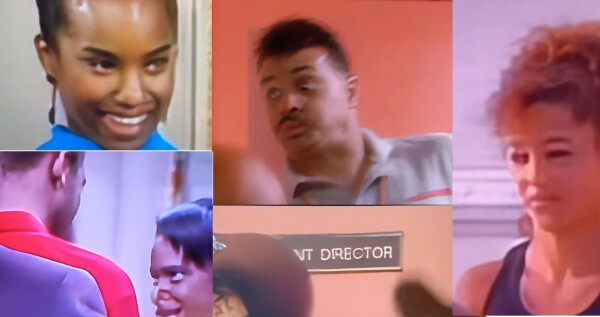 Unfortunately, however, the edited version of "A Different World" demonstrates the problems of AI-based upscaling, because in the resulting 4K stream, grotesquely distorted faces, unreadable characters instead of letters, and other image errors can often be seen. The  The errors are not always noticeable from a distance, but up close or on a large display, or when you pause the stream, grotesque image phenomena occur. To recognize the cause of these typical upscaling errors, you have to understand how this method works in the first place. How does resolution upscaling work with AI?While it was previously assumed that no details could be added to an image when increasing the resolution that were not contained in the original image (because the information for them is missing), a paradigm shift has been taking place for several years thanks to Super Resolution technology or AI, because it can now add more details to an image than were originally available in digital form. But how is that possible? Super Resolution methods use the "more pixels" and thus more image information not for the old and rather primitive interpolation between known pixels, but invent details plausibly. This is possible thanks to Deep Learning technology, as such AI algorithms are very good at recognizing and meaningfully supplementing all possible types of objects in an image thanks to training with millions of images. When upscaling, neural networks take advantage of the typical patterns of natural objects - i.e. structures in the low-resolution images are (usually) reconstructed meaningfully when upscaling. So if a corresponding Super Resolution AI has seen, for example, millions of faces from different angles and in various lighting situations, it can then add learned matching details to each roughly resolved face in an image. The same applies to plants, cars, animals or any other objects. However, one should keep in mind that the resulting upscaled images only contain very probable, additional details and not the "true" details from the original recording situation of the image. 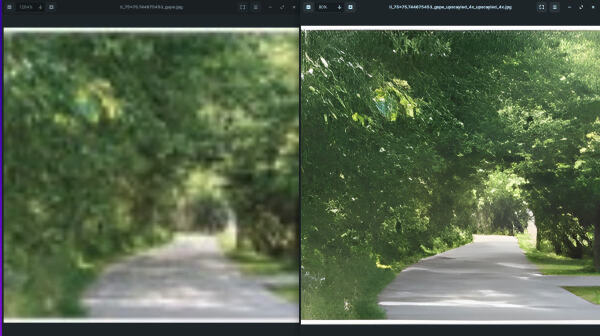 Upscaling is even more difficult with videos - here, each individual image cannot simply be upscaled on its own, but the images must be causally consistent, i.e. a detail that has been invented once must remain the same across all images and must not look different in each individual image. The typical upscaling image errorsNoticeable image errors occur when the AI responsible for upscaling is not "intelligent" enough and, for example, does not recognize important objects such as faces sufficiently well from all perspectives and cannot integrate the knowledge of their specific appearance from previous or subsequent frames into the current image with a new view and thus cannot establish sufficient object consistency. Another problem is, for example, signs or other surfaces on which text can be seen, which is not easy to reconstruct due to the poor original resolution - the AI sometimes recognizes that it is letters and upscales them to recognizable letters, but since often too little information is available, it sometimes makes mistakes and reconstructs unreadable characters from the few pixels, as in the following example: 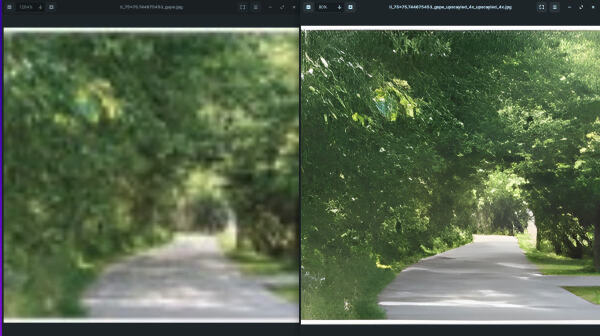 A modern multimodal AI that also understands letters in context as text and recognizes the context of a text could ensure that such text errors do not occur and that reconstructed texts are consistent and meaningful, if not "true". Likewise, it could recognize objects across multiple scenes and could always reconstruct faces correctly. At least with a little more care, such poor results could have been avoided through manual intervention. 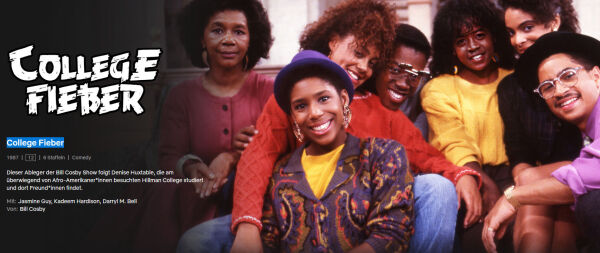 College Fieber Netflix could do betterIt is not entirely clear whether the current rights holder, the Carsey-Werner Company, which licensed "A Different World" to Netflix, is responsible for the poor upscaling or Netflix itself. But it is a mystery how such a poor result of upscaling via AI could have been waved through by Netflix&s internal quality control. Bild zur Newsmeldung:
deutsche Version dieser Seite: Netflix skaliert 80er Jahre Serie hoch - wenn KI mehr schadet als nutzt |






